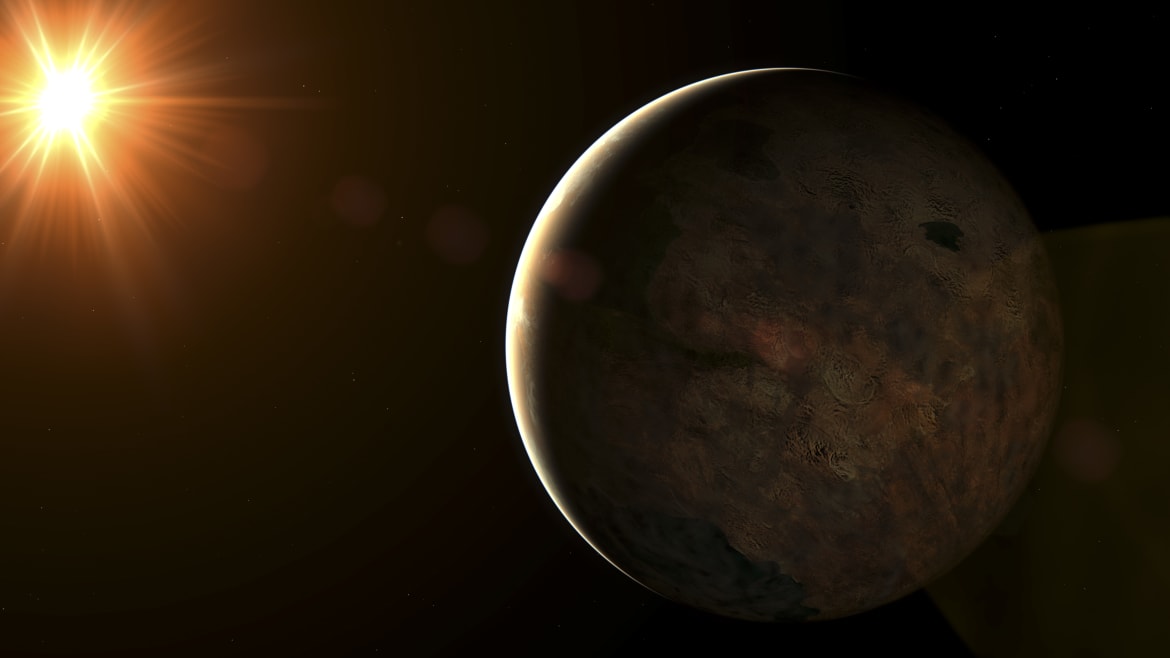Adrian Mann / Getty
Though the James Webb Space Telescope is hogging most of the astronomy spotlight these days (and for good reason), it’s far from the only tool scientists are using to discover hidden gems in the vast emptiness of space. Case in point: astronomers at the University of Birmingham have just spotted a pair of distant “super-Earth” planets orbiting a dim red dwarf star about 100 light-years from Earth.
And one of those planets has the potential to be one of the most habitable extraterrestrial worlds we’ve ever found.
The host star, LP 890-9, has been pretty well-studied before. In fact, one of its planets, LP-890-9b, was already identified by NASA’s Transiting Exoplanet Survey Satellite (TESS) in orbit. Follow-up observations using the ground-based SPECULOOS telescopes in Chile, tallying more than 600 hours, led to the discovery of its much more intriguing sibling: SPECULOOS-2c (formerly LP 890-9c). The new findings are detailed in a new paper published in Astronomy & Astrophysics.

